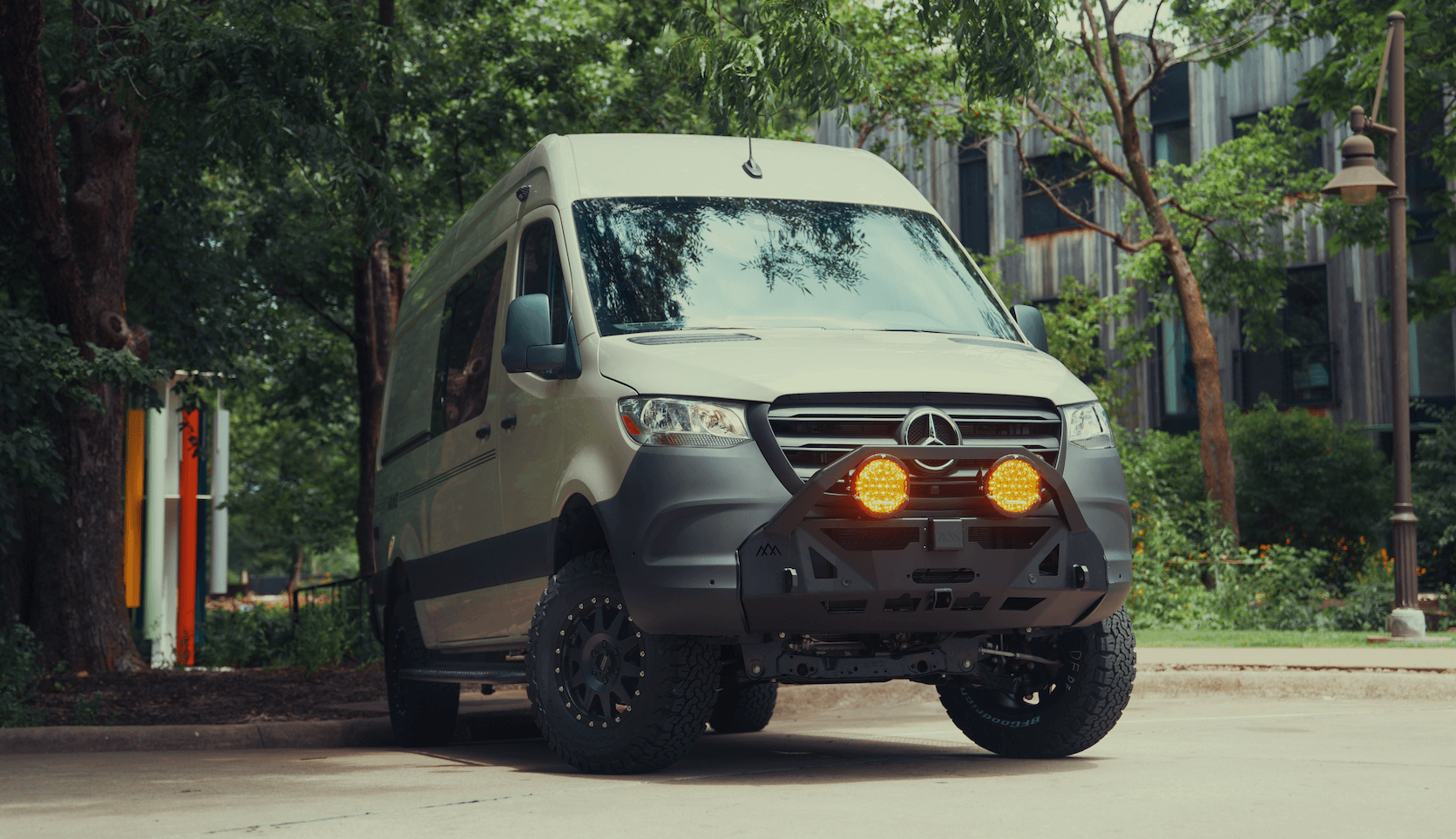Recreational Vans

Picking a cooler for camping starts with your trip length, crew size, and how you travel. Hard coolers excel at long weekends and warm weather where ice retention matters most. Soft coolers shine for day trips, river shuttles, and extra snack capacity because they are light and easy to stash. Electric coolers also called 12 volt fridges keep a steady set point without melting ice and are popular for van travel and overland routes.
A quality hard cooler uses thick insulation and a snug gasket to limit heat gain. Rotomolded shells are tough, resist rough roads and camp abuse, and usually deliver the best ice retention. Soft coolers rely on foam panels and zippered closures that prioritize portability over multiday hold time. Electric coolers trade ice for compressor or thermoelectric cooling and pair well with a house battery and solar.
Rotomolded coolers have uniform wall thickness and durable corners that protect ice from radiant and conductive heat. Injection molded bodies reduce cost and weight but often give up some endurance and hold time. If you plan long gaps between ice stops, rotomolded designs are the safer bet.
Compressor models cool quickly and handle hot camps better than thermoelectric units. Typical power draw ranges from about one to five amps depending on size, ambient temperature, and insulation. For vehicle based trips, match the fridge to a dedicated battery, quality wiring, and proper ventilation around the compressor.
Capacity is about more than quart numbers. A cooler that is jam packed with cold mass warms slower than a big half full bin. Aim to size for two thirds food and drink with one third ice. For drink heavy trips, use a separate cooler to avoid frequent lid openings over perishables.
Block ice melts slowly and acts like a thermal anchor. Add a layer of cubes to fill gaps and improve surface contact. Prechill the cooler with frozen water jugs the night before. Chill food and drinks in your home fridge so the cooler is not asked to pull down warm items in camp.
Forty degrees Fahrenheit is the target for perishable storage. A simple digital probe placed in the center mass tells the real story. Drain only liquid water, not the cold water that still contacts your ice. Shade the cooler, avoid hot vehicle interiors, and do not leave it in direct sun.
In bear country, certified bear resistant coolers and proper closures are often required. Even with certification, follow local rules, use straps or locks as specified, and keep all scented items sealed. Marine environments value corrosion resistant hardware and easy cleanup liners that do not trap odors.
Clean after every trip with mild soap and warm water. Rinse thoroughly, towel dry, then air the cooler with the lid cracked so moisture escapes. A small amount of baking soda removes lingering smells. Inspect gaskets, hinges, and latches and replace worn parts before the next outing.
Tall coolers double as camp seats with the right cushion. Low profile designs fit under a bed deck or inside a van galley. Add a cutting board divider, color coded bins, and laminated contents cards for fast meal prep when the light fades.
A loaded cooler is heavy. Tie it to solid anchors with straps so it stays put on rough tracks. Use sliders or trays for easy access in a van or truck bed. Leave an inch or two of airflow around electric coolers so the compressor runs cool and efficient.
Now, if your camping life revolves around a van or overland rig, the cooler is part of a larger system. Thoughtful storage, power, and workflow turn a good cooler into a smooth daily rhythm. At OZK Customs, we build spaces that keep food safe and access simple without wasted motion. See our recreational vans to understand how a cooler, galley, and power system can work together.
We design secure slide mounts, ventilation, and battery systems that support a 12 volt cooler on the trail. For clients who want a tailored layout and premium materials, explore our custom van builds. If you prefer a platform that can be financed and then upfitted to your needs, review our finance ready vans.
Strong gear matters, but the system around it matters more. When your cooler location, tie downs, cutting surface, and power are dialed, cooking becomes effortless and cleanup quick. That is the difference between eating well once and eating well every day on the road.
Ready to make cold storage simple and reliable on every trip. We plan and build van galleys, slides, and power that keep temps steady and packing stress free. Share your trip style and we will design a solution that fits like it was always meant to be there.
Want a cooler setup that just works every time you camp. OZK Customs designs van galleys, slide mounts, ventilation, and 12 volt systems that keep food safe and drinks cold. Tell us your trip style and we will build the storage and power to match. Start your custom plan today.
ADDRESS:
6159 E Huntsville Rd, Fayetteville, AR 72701
PHONE:
(479) 326-9200
EMAIL:
info@ozkvans.com